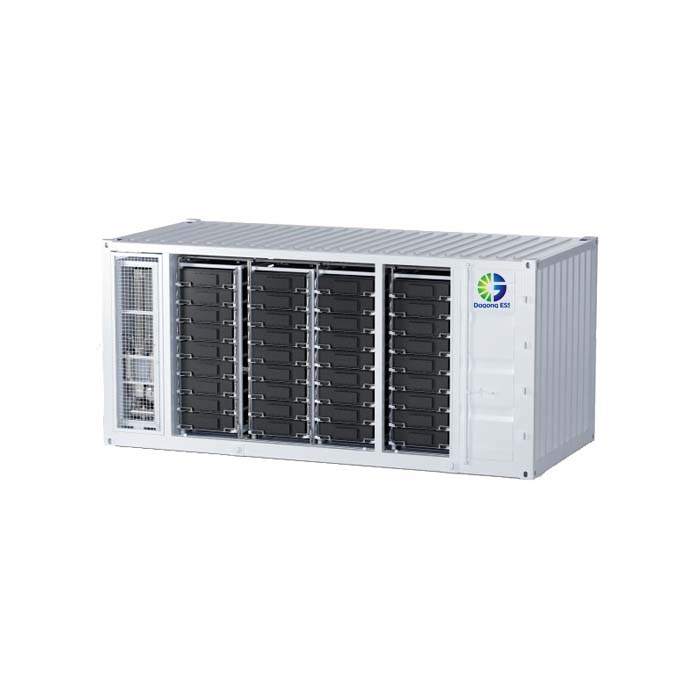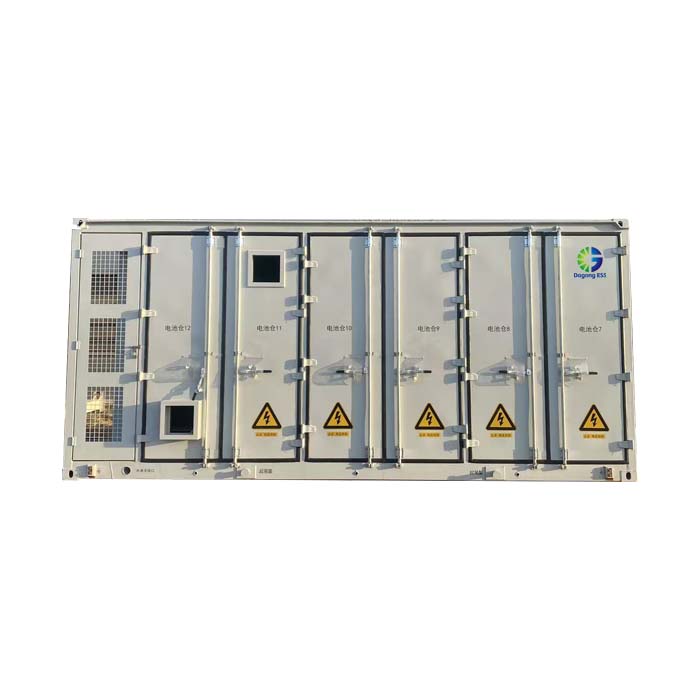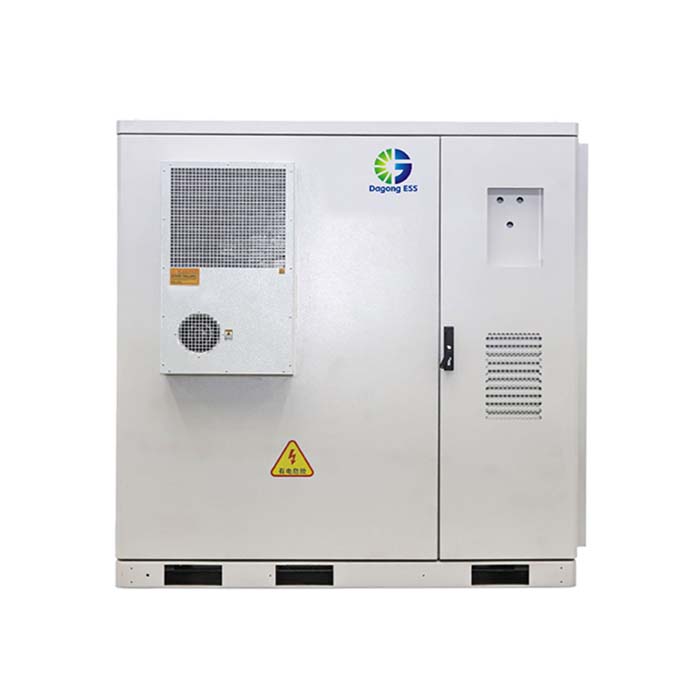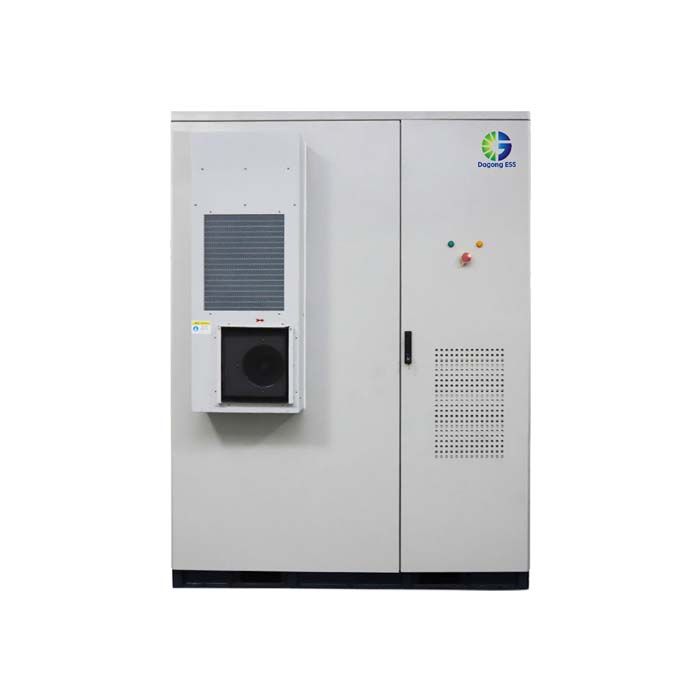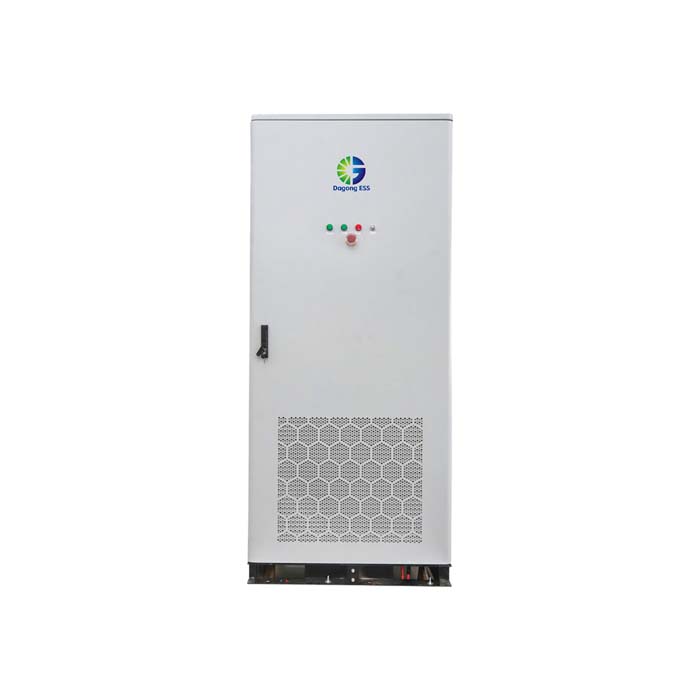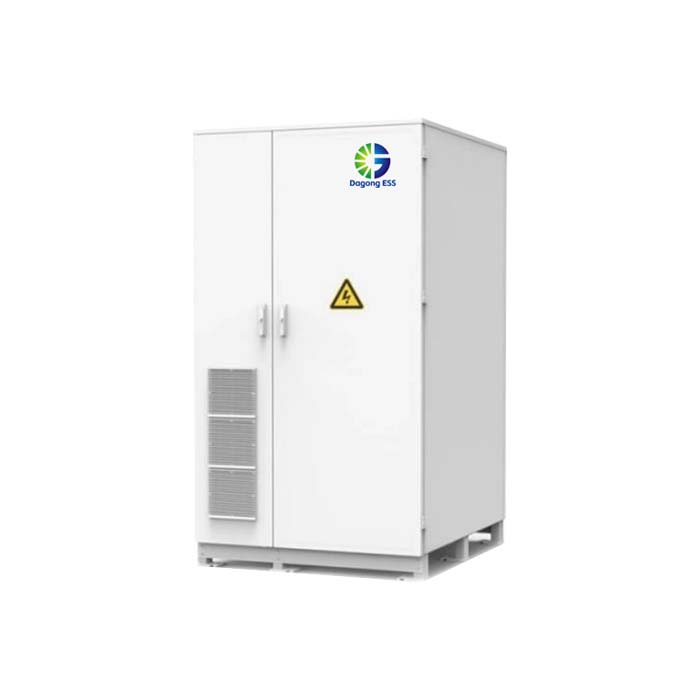Commercial Energy Storage Safety: 3 Key Technologies to Prevent Battery Risks
What is Commercial Energy Storage Safety?
Commercial energy storage safety refers to the protocols, technologies, and system-level designs that ensure the reliable and secure operation of battery energy storage systems (BESS) in industrial and commercial settings. With the rise of large-scale lithium-ion battery installations, particularly in solar and grid-connected projects, safety has become a critical concern.
Typical safety risks in BESS include overcharging, thermal runaway, internal short circuits, and fire hazards. Ensuring system-level protection requires advanced hardware, software, and real-time diagnostics. Governments and utility operators now demand rigorous safety compliance, making this a central issue for all stakeholders.
Types of Safety Technologies in Commercial BESS
There are multiple layers of safety technologies implemented in modern commercial energy storage systems. The most important categories include:
Battery Management System (BMS): Controls charge/discharge rates and monitors individual cell voltages and temperatures.
Fire Detection and Suppression Systems: Sensors and aerosol-based fire suppression units activate automatically in case of thermal events.
Thermal Management (Air- or Liquid-Cooled): Keeps battery modules within safe operating temperature ranges, preventing overheating.
Early Warning Systems: Use AI and data analytics to detect abnormal patterns before failures occur.
Safety Certifications: Such as UL9540A, UN38.3, CE, and IEC standards.
Features of Modern Safety Technologies
Here are the top three safety technologies currently being adopted in commercial ESS:
Active Fire Suppression Systems
Modern BESS units use aerosol or gas-based suppression systems triggered by smoke or heat sensors. These are installed at both the module and cabinet levels.Real-Time Monitoring and Fault Isolation
High-precision BMS and EMS software provide real-time visibility into battery health. Faulty cells or modules can be automatically isolated without shutting down the entire system.Advanced Thermal Management
Liquid-cooled systems offer tighter temperature control compared to air cooling, reducing the risk of thermal runaway. For example, systems using CTP (cell-to-pack) architecture ensure uniform heat distribution.
Applications of Safety Technologies in ESS
These safety technologies are deployed across a range of commercial and industrial scenarios, such as:
Factories and Data Centers: Where downtime or fire events could lead to massive losses.
Solar + Storage Projects: Especially in regions with high ambient temperatures.
Microgrids and EV Charging Hubs: Where load fluctuations and high currents increase safety demands.
Peak Shaving Installations: That require frequent cycling and fast response.
Integrating intelligent safety mechanisms ensures operational continuity and compliance with insurance and regulatory frameworks.
Price of Commercial Energy Storage Systems
The cost of energy storage systems for commercial applications depends on several factors, including system capacity, storage duration, battery type, control software, installation conditions, and auxiliary equipment.
Pricing is usually quoted under international trade terms such as EXW, FOB, or CIF, depending on project location and logistics preferences. For a tailored quotation based on your specific project needs, it's best to consult directly with the supplier.
How to Select Safety Technologies for Your Project?
Selecting the right safety technologies depends on your application:
For hot climates, prioritize liquid-cooled systems.
In urban environments, fire suppression and silent operation may be essential.
For critical loads, opt for systems with fast fault isolation and redundant BMS.
Always verify international certifications before procurement.
Work closely with your ESS provider to balance safety, cost, and performance based on your project risk profile.
How Long Does a Safe ESS System Last?
A well-designed ESS system with integrated safety features can last over 15 years with more than 8000 charge-discharge cycles. Routine maintenance, remote diagnostics, and software updates also contribute to longevity and safe operation.
The Supplier of Commercial ESS Safety Solutions
Manufacturers now offer advanced ESS solutions with integrated safety features out of the box. Some containerized systems, such as 100kWh to 241kWh air-cooled units or 372kWh liquid-cooled battery cabinets, come with modular fire suppression and certified thermal protection.
Brands like Dagong ESS have developed such products, incorporating CTP technology, intelligent fault monitoring, and multi-layer safety architecture tailored for industrial applications.
If you are interested in Commercial Energy Storage Safety products, please contact Dagong ESS.
Email: sales@dagongess.com
Website: www.dagongess.com


